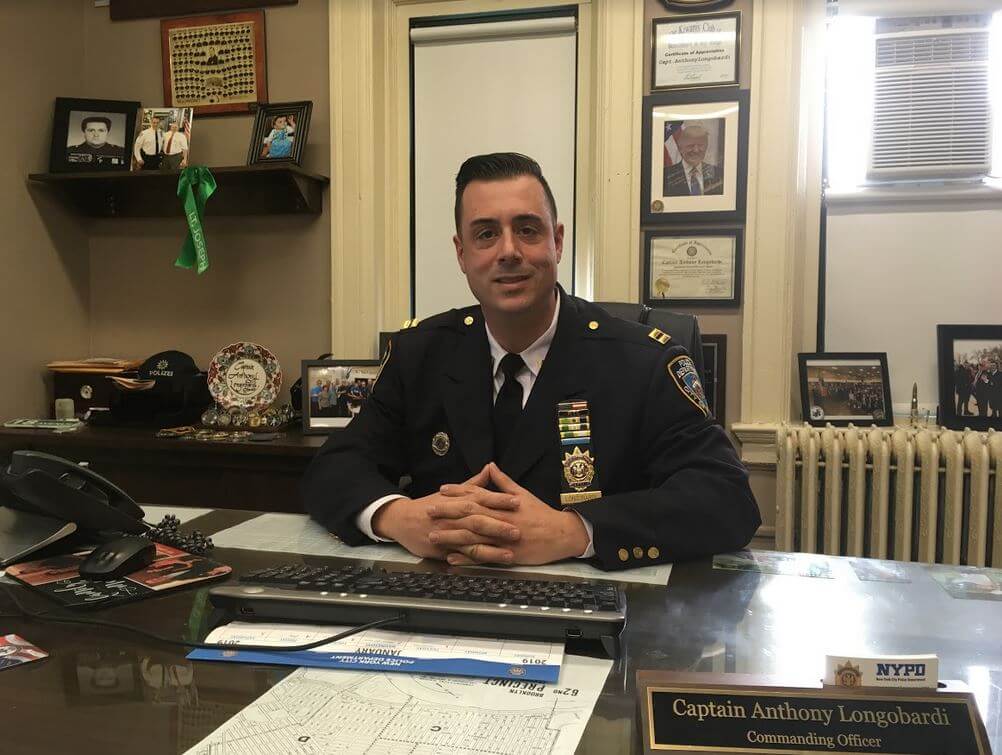Crime down 10 percent in 62: Bensonhurst precinct celebrates new low in crime

ebrooklyn media/Photo by Helen Klein
In a milestone achievement, 2018 was the safest year in the 62nd Precinct since the NYPD began keeping records, according to the precinct’s commanding officer.
Crime dropped 10.58 percent between 2017 and 2018, as of Dec. 30 of last year, according to the NYPD’s year-end CompStat report. Citywide, crime was down 1.38 percent, as of Dec. 30, between 2017 and 2018.
The precinct was fifth in the city for 2018 in terms of crime reduction.